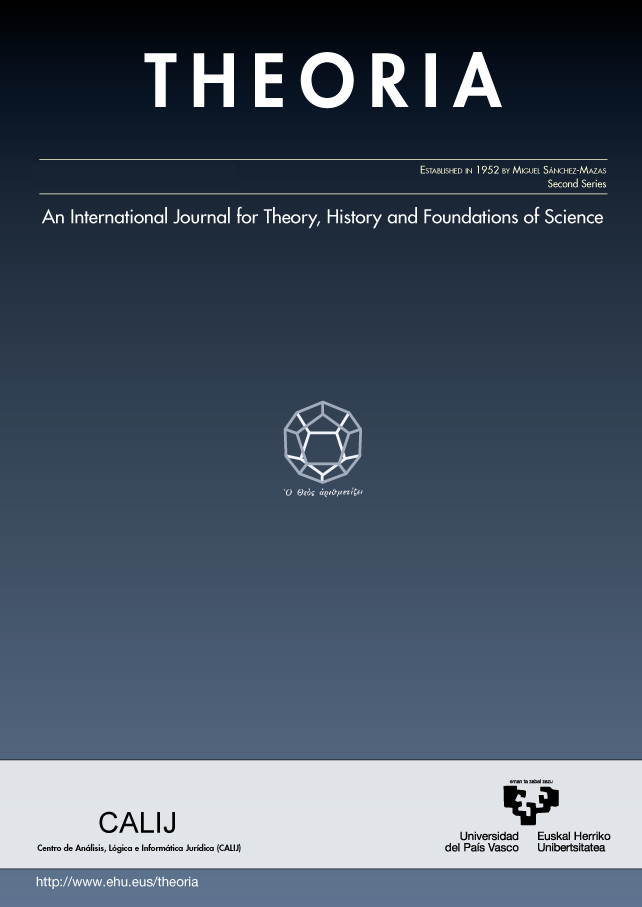Mental expression and inner speech
##plugins.themes.bootstrap3.article.main##
##plugins.themes.bootstrap3.article.sidebar##
Abstract
This article explores the importance of mental expression in understanding the phenomenon of inner speech. Most accounts of inner speech assume from the outset the common idea that the expressions of a subject (e.g., a smile) and their mental states (e.g., joy) are two different types of items somehow related to each other. This relational view of expression is challenged in this article. Firstly, it is argued that relational views of expression cannot explain some features of inner speech. Secondly, a non-relational view of expression is developed, according to which mental states are patterns of expressive behavior. Thirdly, it is argued that only from the framework of non-relational expressivism is it possible to explain the main features of inner speech. Finally, it is concluded that non-relational expressivism emerges as a prominent contender among contemporary views of the mind, as it provides the only account of inner speech that can fully explain the phenomenon.
How to Cite
##plugins.themes.bootstrap3.article.details##
Mental Expression, Inner Speech, Mental States, Expressive Behavior, Non-Relational Expressivism, Mind

This work is licensed under a Creative Commons Attribution-NonCommercial-NoDerivatives 4.0 International License.
Authors retain copyright and grant the journal right of first publication with the work simultaneously licensed under a Creative Commons License.

